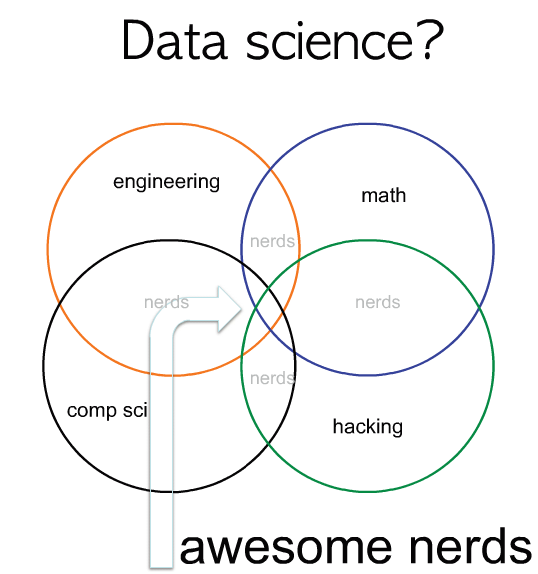You might be wondering why the Director of Data Projects is writing code for the Ushahidi Platform. I'd think that strange too, but as a good old-fashioned data scientist, I care very much about data sources, formats and access, and couldn't pass up the chance to influence the ways that Ushahidi Platform imports and exports datasets and data summaries.
 Courtesy of http://alexbraunstein.com/[/caption]
Data science is about understanding and working with datasets - what I call "a sympathy for the data" is essentially the skills and tools needed to talk about the statements and insights that the data can and cannot support. This is not the same as data visualization, which to me is essentially the psychology of data representation - knowing things like:-
Courtesy of http://alexbraunstein.com/[/caption]
Data science is about understanding and working with datasets - what I call "a sympathy for the data" is essentially the skills and tools needed to talk about the statements and insights that the data can and cannot support. This is not the same as data visualization, which to me is essentially the psychology of data representation - knowing things like:-
Let's talk about data science.
[caption id="attachment_16040" align="alignnone" width="538"] Courtesy of http://alexbraunstein.com/[/caption]
Data science is about understanding and working with datasets - what I call "a sympathy for the data" is essentially the skills and tools needed to talk about the statements and insights that the data can and cannot support. This is not the same as data visualization, which to me is essentially the psychology of data representation - knowing things like:-
Courtesy of http://alexbraunstein.com/[/caption]
Data science is about understanding and working with datasets - what I call "a sympathy for the data" is essentially the skills and tools needed to talk about the statements and insights that the data can and cannot support. This is not the same as data visualization, which to me is essentially the psychology of data representation - knowing things like:-
- How different presentation of the same dataset can influence decision-makers differently
- Where the pooh-traps are in those representations
- How best to create visual stories that inspire insights in the people who see them.
- Raw data available through the Ushahidi Platform reports (and other entities) API
- Data summaries and cross-tables available through the Ushahidi Platform stats API
- Raw data downloads to CSV
- External data imports